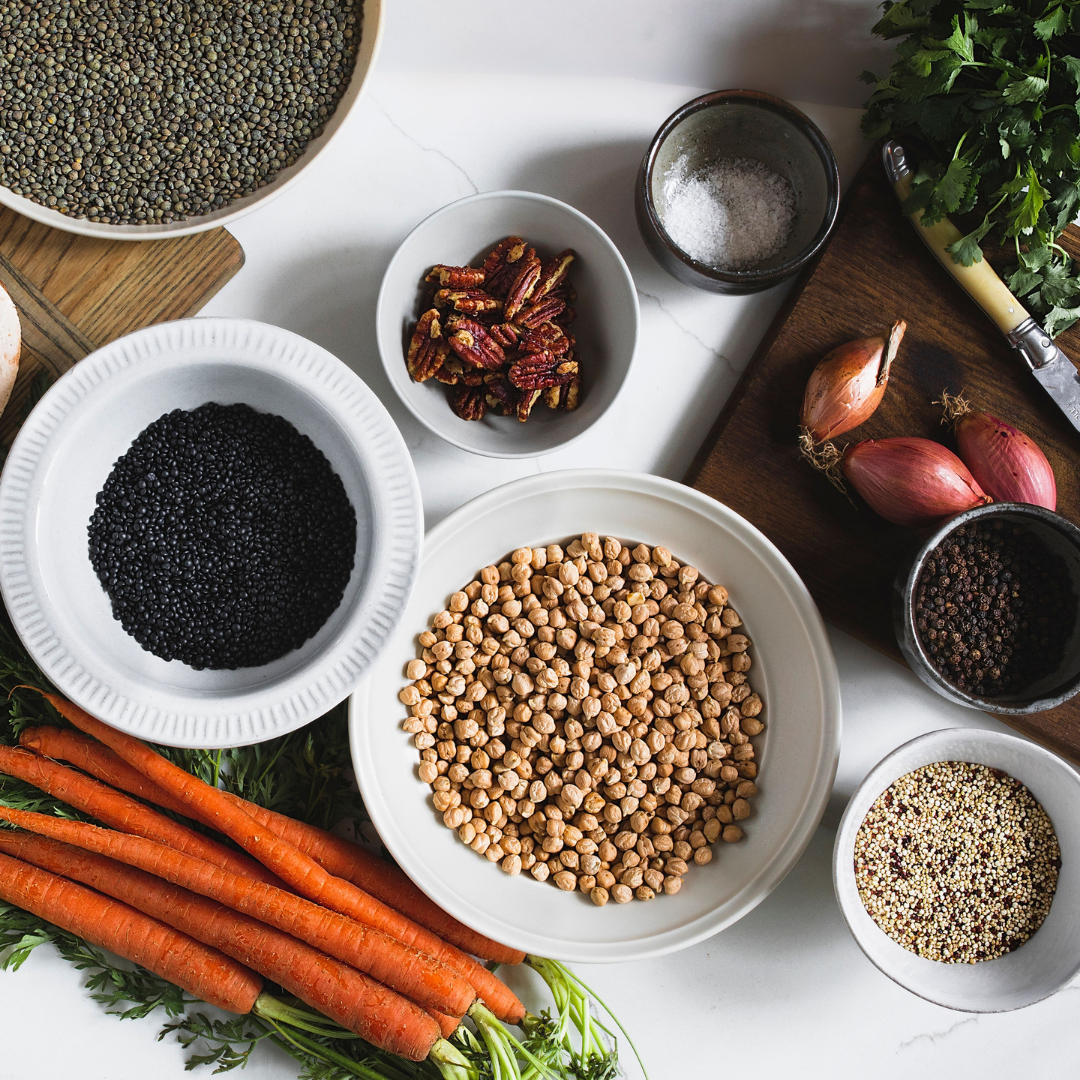Sodium is a crucial element in our diet, playing a vital role in various bodily functions. However, it's essential to have balance when consuming sodium to maintain a healthy lifestyle. Below are the basics of sodium, its importance, and the recommended daily values set by leading health organizations.
Understanding Sodium
Sodium is an electrolyte and a mineral that the body needs for proper muscle and nerve function, as well as maintaining fluid balance. While it is an essential component, excessive sodium intake can lead to health issues, particularly related to heart health.
Recommended Daily Values
To guide you in managing your sodium intake, several reputable health organizations provide recommended daily values:
United States Department of Agriculture (USDA): 2300 mg
The USDA suggests a daily sodium intake of 2300 mg for the general population. This value serves as a baseline for maintaining overall health.
American Heart Association (AHA): 1500 mg
The AHA recommends a lower daily sodium limit of 1500 mg. This approach is geared more towards promoting heart health and reducing the risk of cardiovascular diseases.
Academy of Nutrition and Dietetics (AND): 1500 to 2300 mg
The AND provides a range of 1500 to 2300 mg as a general guideline. This range allows for some flexibility in individual dietary needs while emphasizing the importance of moderation.
American Diabetes Association (ADA): 1500 to 2300 mg
The ADA aligns with the AND's recommendation, emphasizing the range of 1500 to 2300 mg. Managing sodium intake is particularly crucial for individuals with diabetes, as it can impact blood pressure and overall cardiovascular health.
Tips for Managing Sodium Intake
Now that you're aware of the recommended values, here are some practical tips to help you manage your sodium intake:
Read Food Labels: Be vigilant about reading food labels to identify high-sodium items. Pay attention to serving sizes and choose lower sodium alternatives.
Explore fit-flavors menu: We’re committed to providing quality ingredients and balanced meals. Our meals never have more than 770 mg of sodium per serving, and almost 70% of our meals are under 500 mg of sodium per serving.
Limit Processed Foods: Processed and packaged foods often contain high levels of sodium. Opt for whole, unprocessed foods whenever possible.
Use Herbs and Spices: Experiment with herbs and spices to add flavor to your meals without relying on salt. This can enhance the taste of your dishes while reducing sodium content.
Takeaway
Understanding and managing your sodium intake is a key aspect of maintaining a healthy lifestyle. By being mindful of the recommended daily values and making informed choices about the foods you consume, you can contribute to your overall well-being and reduce the risk of associated health issues.






